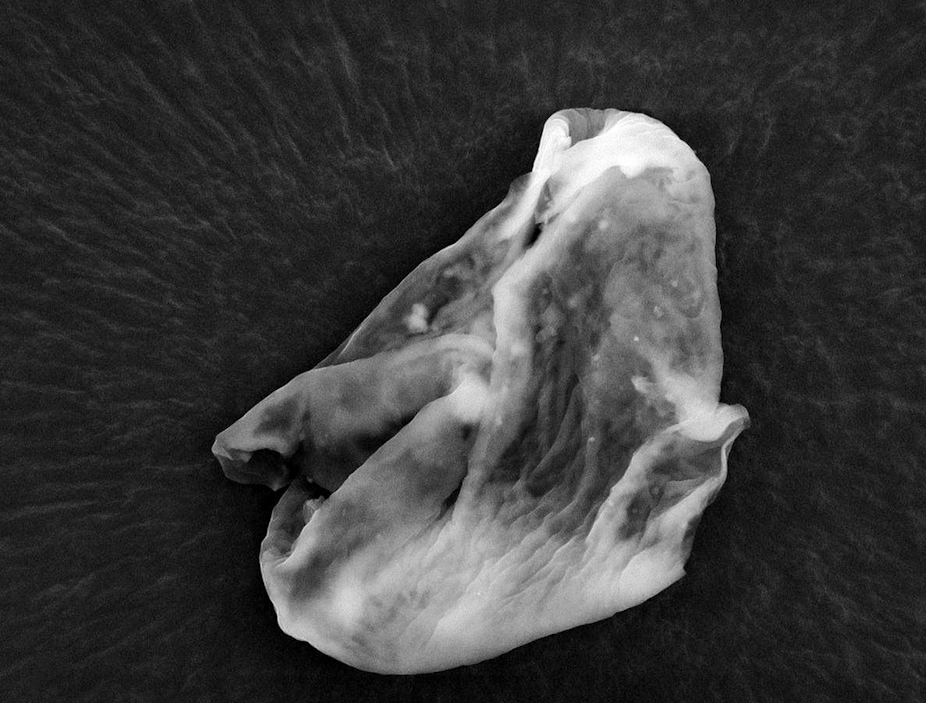Could life really exist on other planets? The most positive scientific answer we can offer is: well, maybe, but we do not yet have enough evidence for or against.
Yet Milton Wainwright and colleagues from the Universities of Sheffield & Buckingham would seem to disagree with that. They seem to have found evidence of life-forms in Earth’s atmosphere, delivered from space. The press has rapidly and uncritically echoed these claims.
This most definitely grabbed my interest. There has been a lot of talk that life on earth was seeded from space, a hypothesis called panspermia. It has been considered for hundreds of years, and has got a boost from modern research: life, in the form of bacterial colonies, can survive under the extreme conditions found within space environments. But is there physical evidence for “life arriving from space”? Such evidence would be monumental.
On reading results from Wainwright in the Journal of Cosmology, I would suggest the jury go back to deliberate some more. What the authors report sending a balloon for obtaining tiny objects from the lower stratosphere, which they examined using a scanning electron microscopy.
They found something called a “diatom frustule”, which is, in essence, the non-living outer shell of a dead organism, a type of algae that thrives in rivers, streams and oceans. Diatoms are so common and so populous in such environments that they are central to those ecosystems. Wainwright makes a case that the inanimate material they see once belonged to a living entity.
The elephant in the room of course is, how did the diatoms end up in the stratosphere?
The authors conclude that they come from some other planet. But the explanations and (more to the point) the scientific evidence provided in the authors’ paper are rather weak. While terrestrial sources for diatoms so high in the stratosphere, such as volcanic eruptions & contamination of the original sampling equipment are considered unviable by the authors, they offer as an alternative that the material must have come from space. However, to date there is no supporting evidence for that hypothesis either.

As a sceptical scientist, I would argue that Wainwright has found evidence for some inorganic particle (a composite of silicon and oxygen) in the lower stratosphere. It looks from the morphology (for we have no more to go on than that from the paper) as though it may have been the mineral shell of a living organism, a diatom. An organism found more than 20km up in the sky—how did that get there?
One could propose that it could have come from place A (somewhere down below, from the Earth) or it could have come from place B (somewhere up above, from outer space). What do we know about places A and B? We know that place A is teeming with diatoms and other exotic forms of biological life. We know also, at this point in time, that place B has no life that we can definitively say originates there. So, on balance, a sceptical scientist might focus their attention more on place A.
Doing so means being able to eliminate all suggestion of terrestrial contamination or mechanism for organisms or their remains being delivered to the stratosphere. Both of these hypotheses have a greater probability of being answered to the satisfaction of the scientific community than one based on life from space.
As someone who was turned on to science by the wonder of life on other worlds, I am genuinely excited by that possibility. But, as a trained scientist, that excitement will only be realised through scientifically justified evidence. As we stand now, I remain to be swayed by the scientific weight of argument in favour of life from space.
As for the press that has uncritically spread these claims, I can only suggest further developing its sense of scientific skepticism. A good start might be to compare the general reliability of the Journal of Cosmology to that of more mainstream scientific journals.

